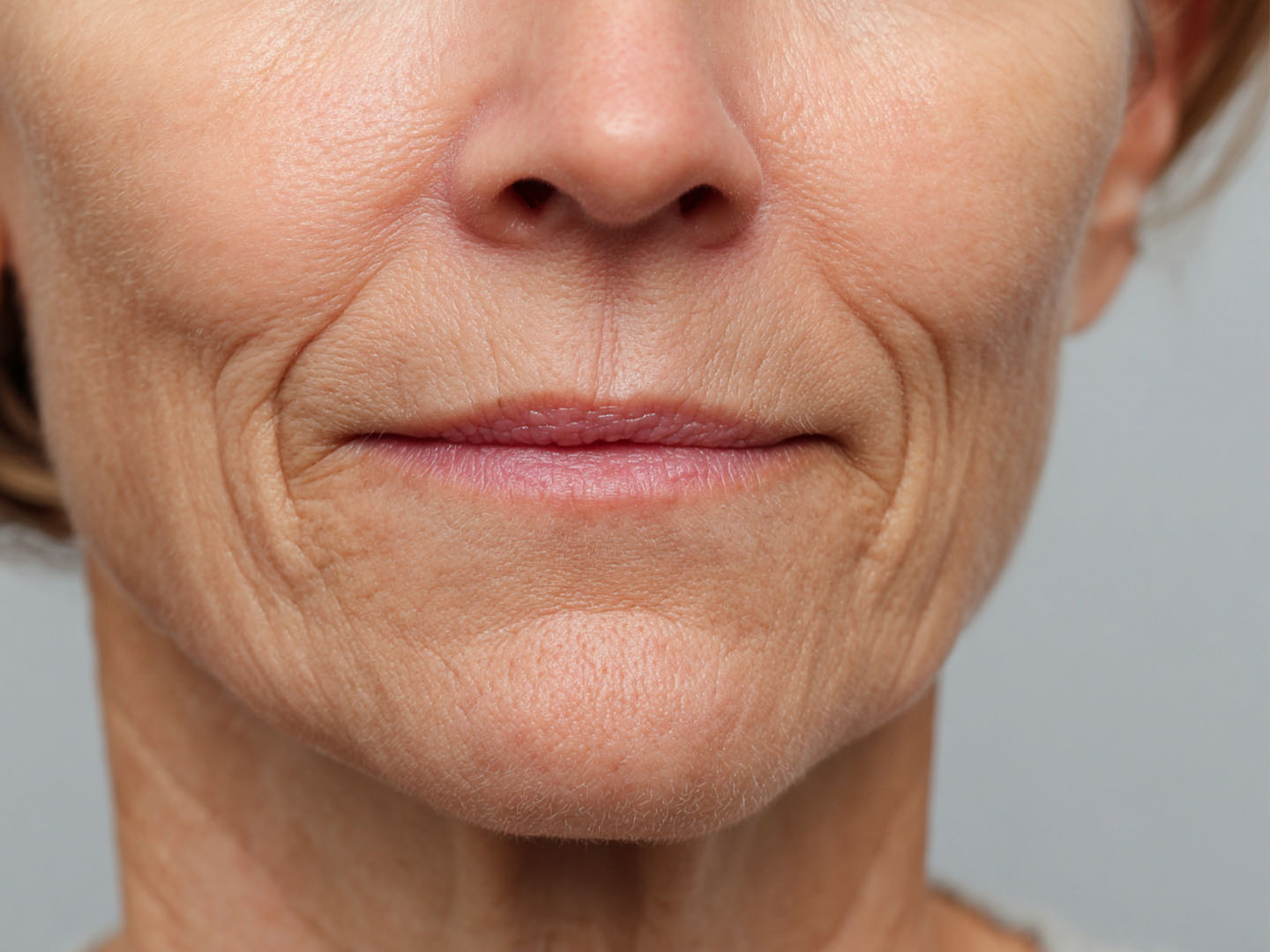
Vertical lip lines, sometimes called smoker’s lines or lipstick lines, can be a frustrating cosmetic concern for patients seeking smoother, younger-looking lips. These fine, etched lines above and around the mouth often become more noticeable with age and repetitive movement, even in non-smokers. For medical aestheticians, offering safe, natural-looking correction requires a deep understanding of lip anatomy, product selection, and realistic treatment outcomes.
This article explores how dermal fillers address vertical lip lines and what results patients can expect. We’ll also touch on the best filler for vertical lip lines with before and after transformation photos, so you can see how the results are noticeable.
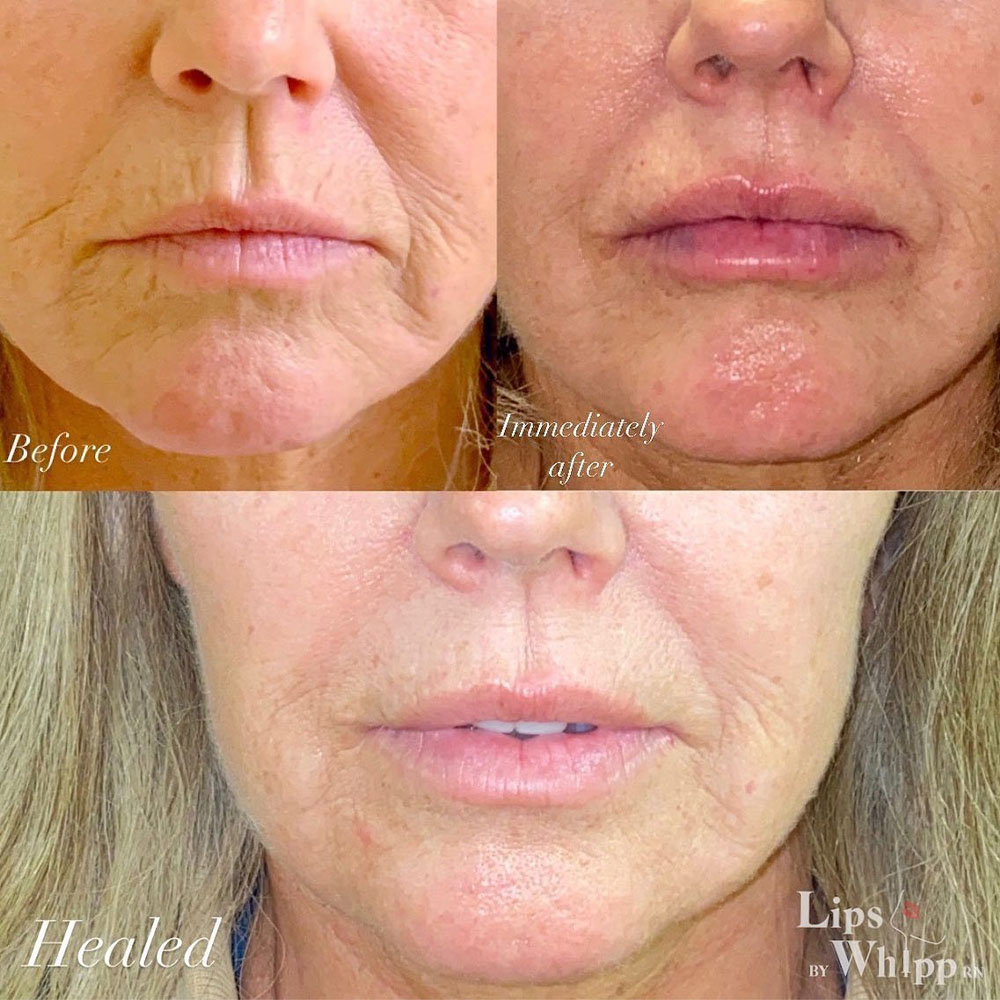
What Are Vertical Lip Lines?
Vertical lip lines are the fine, vertical wrinkles that form above the upper lip and sometimes extend below the bottom lip. They're especially visible when the lips are puckered, speaking, or animated. In aesthetic terms, they’re part of the perioral aging process and are commonly associated with:
- Collagen and elastin loss
- Skin dehydration and thinning
- Repetitive lip movement
- Sun exposure
- Smoking (though non-smokers develop them too)
- Genetics and overall facial structure
These lines can disrupt lip definition and cause lipstick to feather or bleed, contributing to an aged appearance around the mouth.
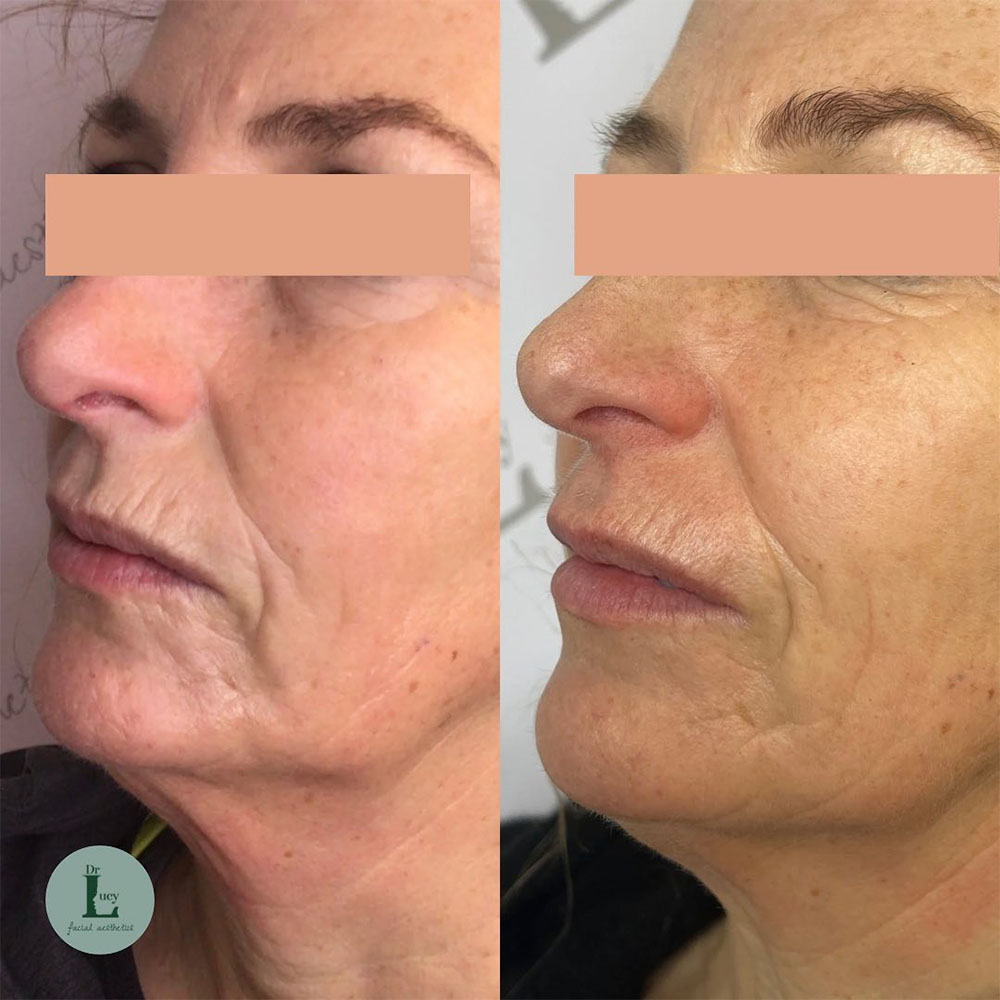
What Causes Vertical Lip Lines?
Several intrinsic and extrinsic factors contribute to the formation of vertical lip lines:
- Aging and volume loss: As patients age, collagen and elastin degrade, and fat pads shrink. This reduces skin support, allowing fine lines to appear.
- Repetitive movement: Talking, eating, sipping from a straw, and habitual lip-pursing all contribute to dynamic lines that etch deeper over time.
- Smoking: Smoking accelerates collagen breakdown and contributes to repetitive muscular movement, making the lines deeper and more resistant.
- Environmental damage: UV exposure and pollution further break down dermal structures, especially in the delicate skin around the mouth.
- Thin skin and low hydration: The perioral area has thinner dermis and fewer oil glands, so it loses elasticity and moisture more quickly.
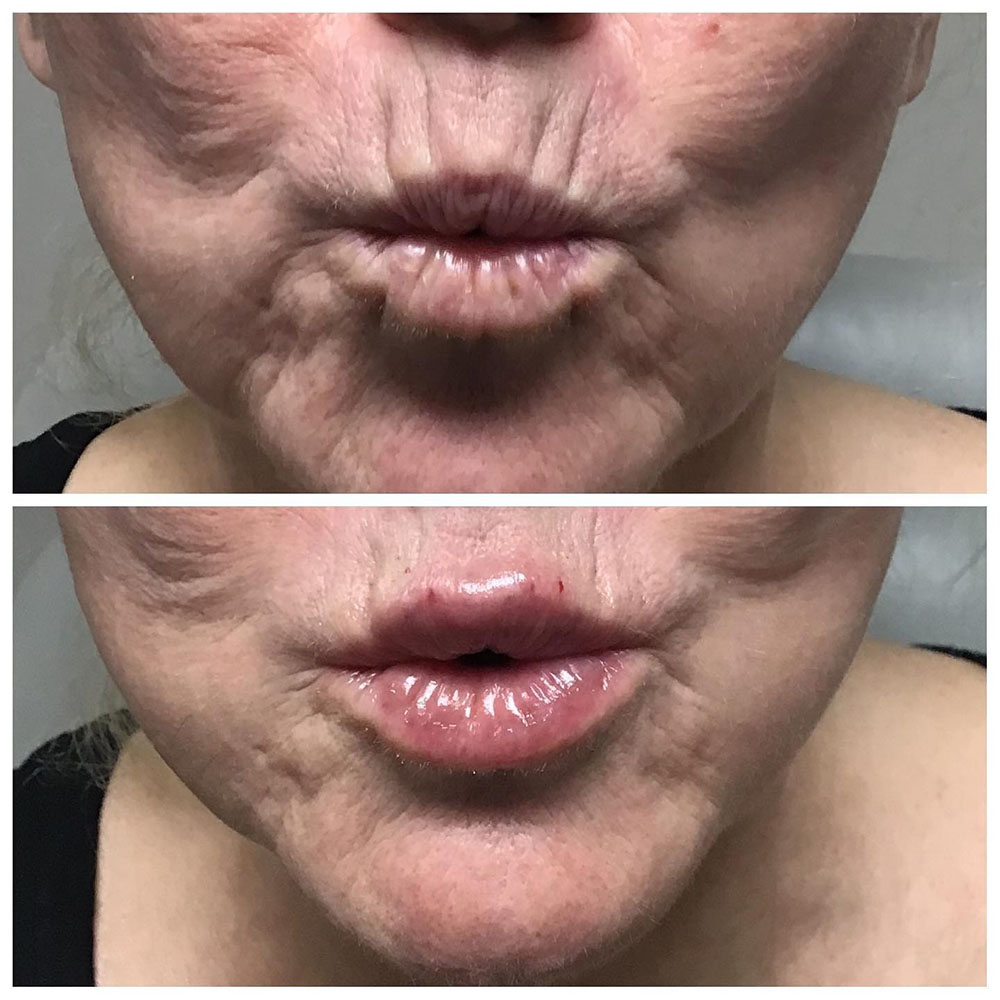
What Is the Best Treatment for Vertical Lip Lines?
Treatment depends on line depth, skin quality, lip volume, and patient goals. The most effective strategy often combines multiple approaches:
- Dermal fillers for structural support and smoothing
- Microneedling or laser resurfacing for texture improvement
- Botulinum toxin (Botox) to soften muscular tension (in specific cases)
- Skincare with peptides, retinoids, or growth factors to maintain results
Still, for etched lines that have become static, vertical lip line filler remains the most direct way to smooth the skin and restore soft lip contours.
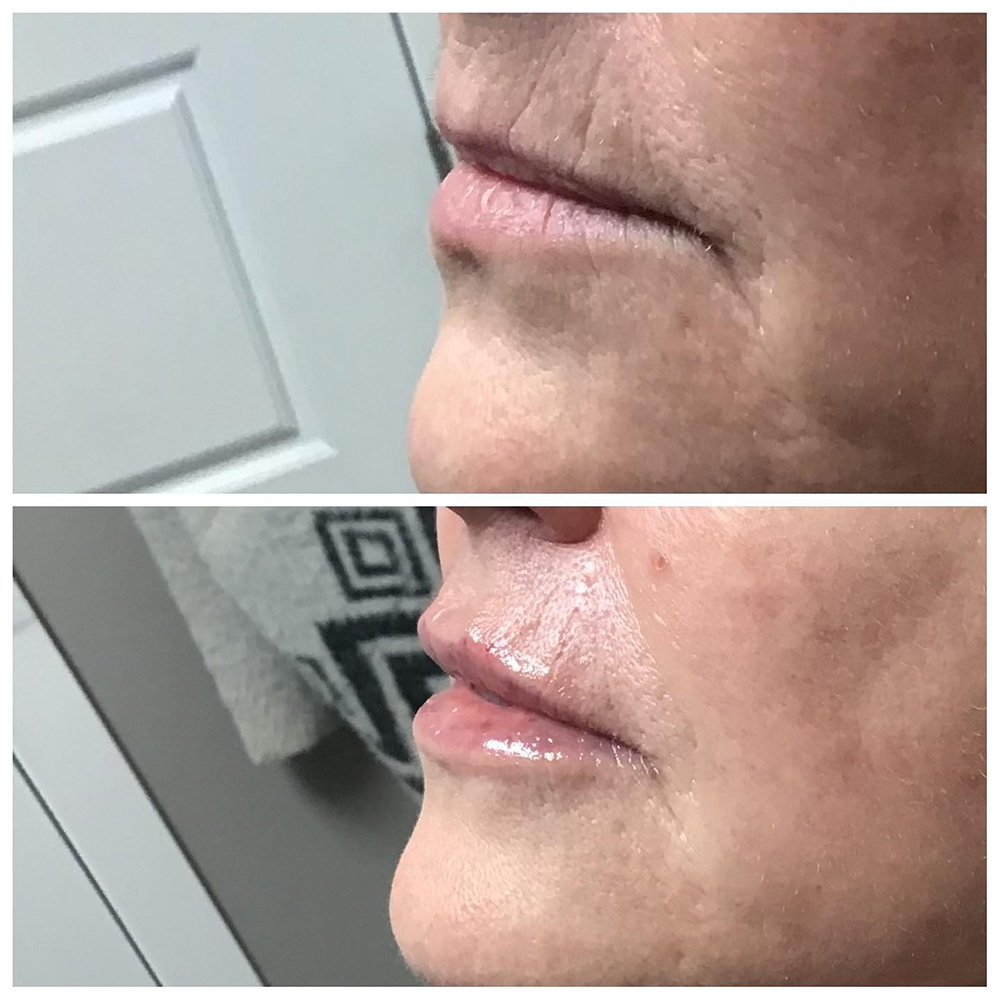
Lip Fillers for Lip Wrinkles: How They Work
Lip fillers for vertical lines are typically hyaluronic acid (HA) based, offering hydration, volume restoration, and fine line smoothing.
Best Filler for Vertical Lip Lines
The ideal product is flexible, low-viscosity, and specifically designed for superficial placement in delicate areas. Some of the most used options include:
- Belotero Balance – Integrates well into fine lines without causing bulk
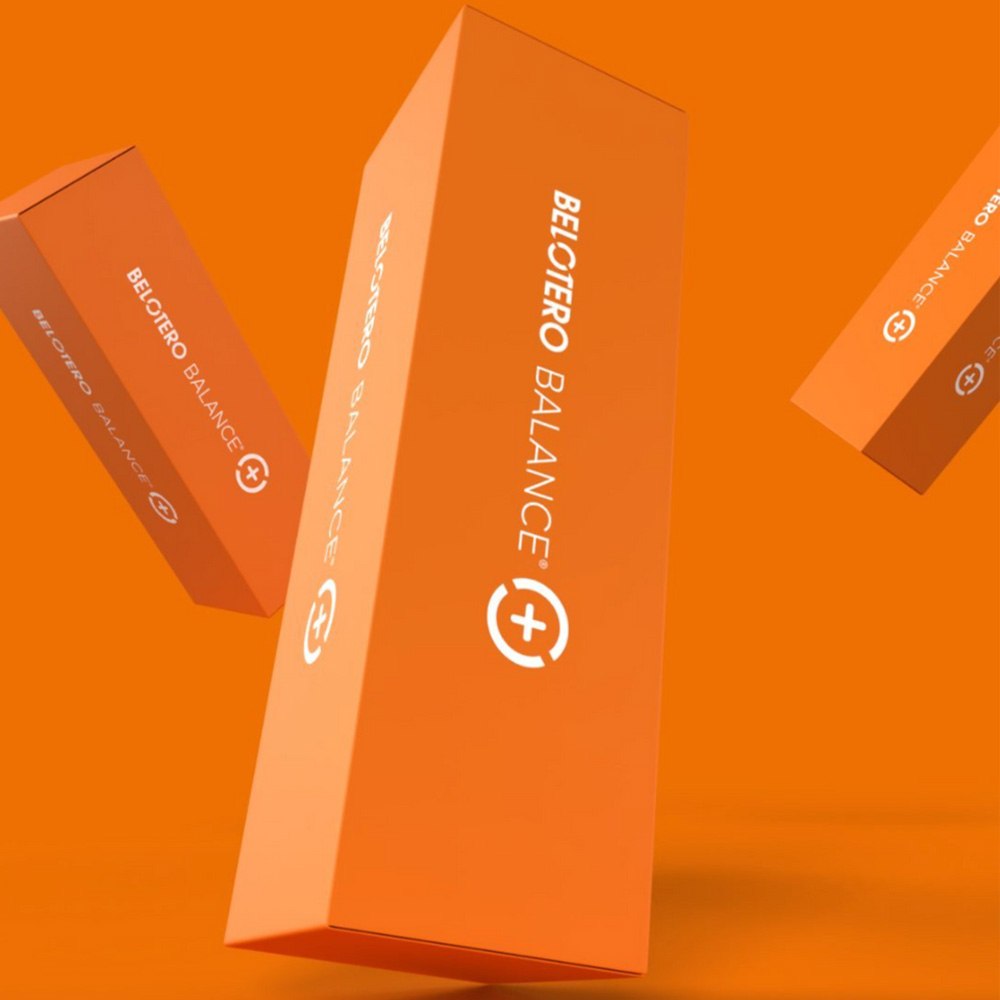
- Restylane Kysse – Offers subtle volume and line-softening with natural movement
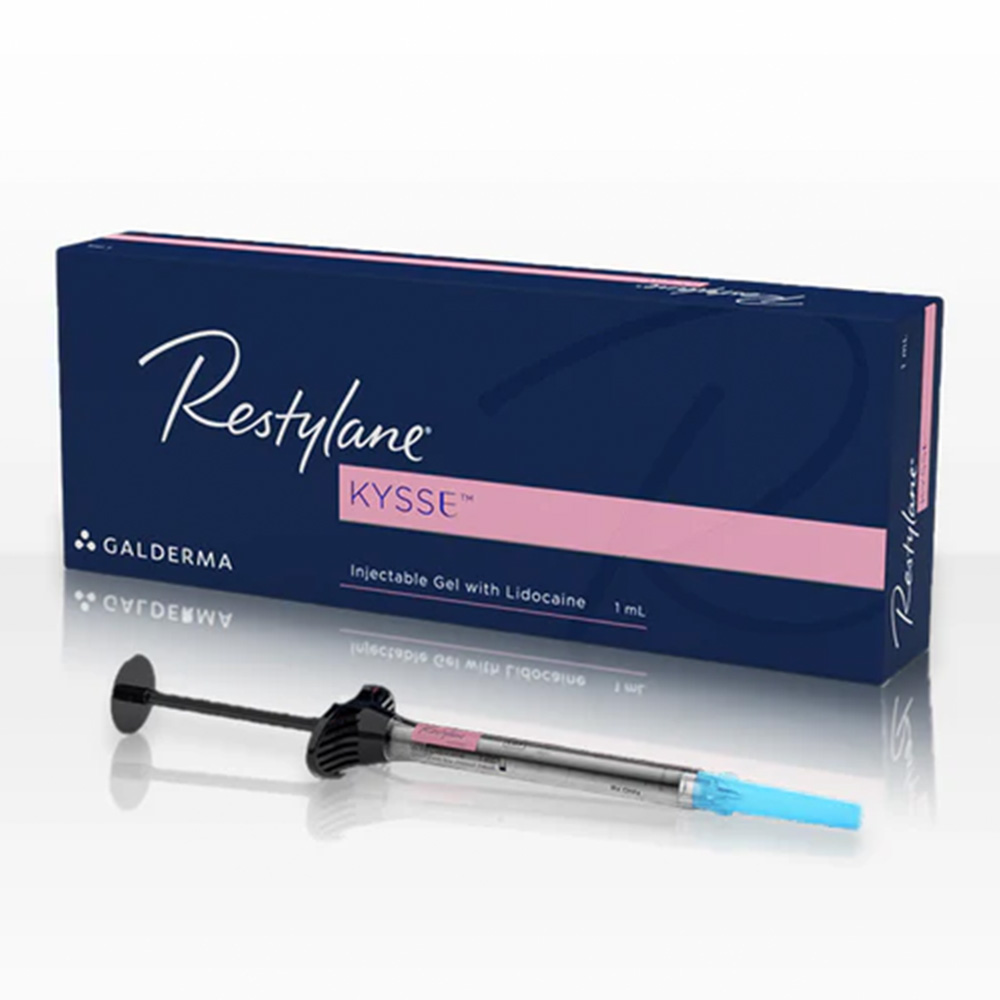
- Juvederm Volbella – Known for soft, smooth consistency suitable for superficial wrinkles
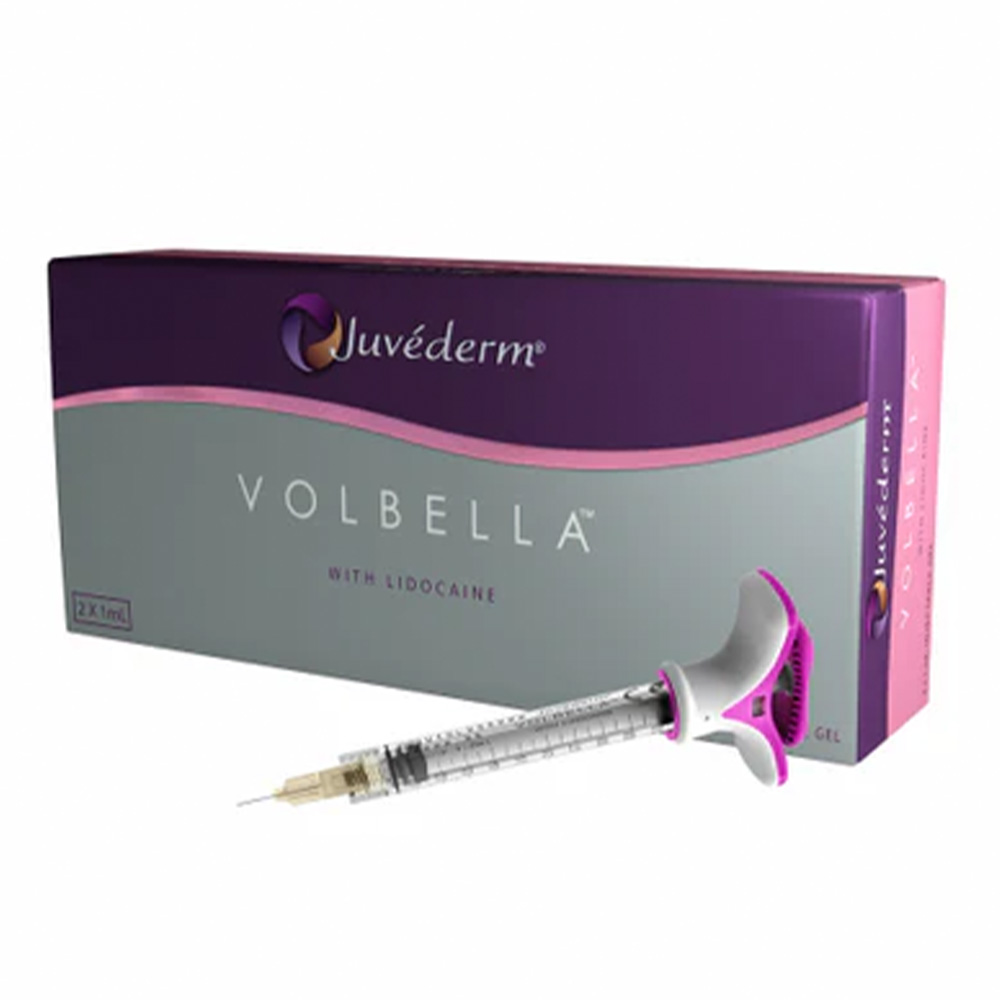
Avoid using firmer fillers designed for structural augmentation, as they can appear lumpy or overfilled in the thin upper lip skin.
These fillers are placed with fine needles or microcannulas in a fanning or crosshatching technique, depending on the line depth and surrounding anatomy. The aim is not to “inflate” the area but to subtly hydrate and support the dermis from below.
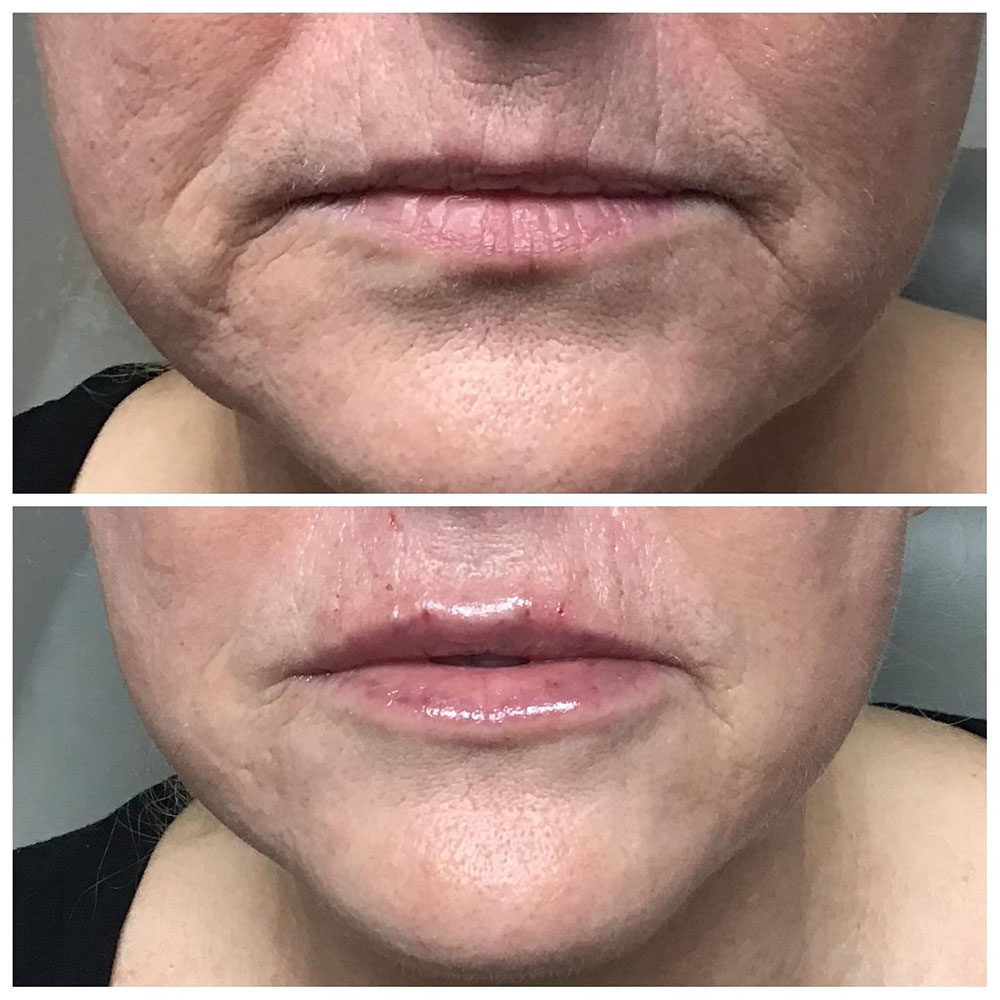
Filler for Vertical Lip Lines: Before and After Results
The true transformation from filler for vertical lip lines before and after is often subtle but significant. Rather than aiming to erase every line, the goal is to restore smoothness and definition while maintaining natural lip expression.
What to Expect:
- Immediately after treatment: Mild swelling and occasional pinpoint bruising are common. Patients may feel slight firmness where the filler was placed.
- In the first 48–72 hours: Swelling resolves. The treated area begins to soften, and the filler settles.
- After 2 weeks: Final results are visible, smoother skin, softened lines, and a more youthful perioral area.
Many patients also report improved lipstick application and overall confidence with their smile.
For examples of patient transformations, consult our visual database in the dermal filler training module, where real before-and-after cases are analyzed by technique, product choice, and patient age.
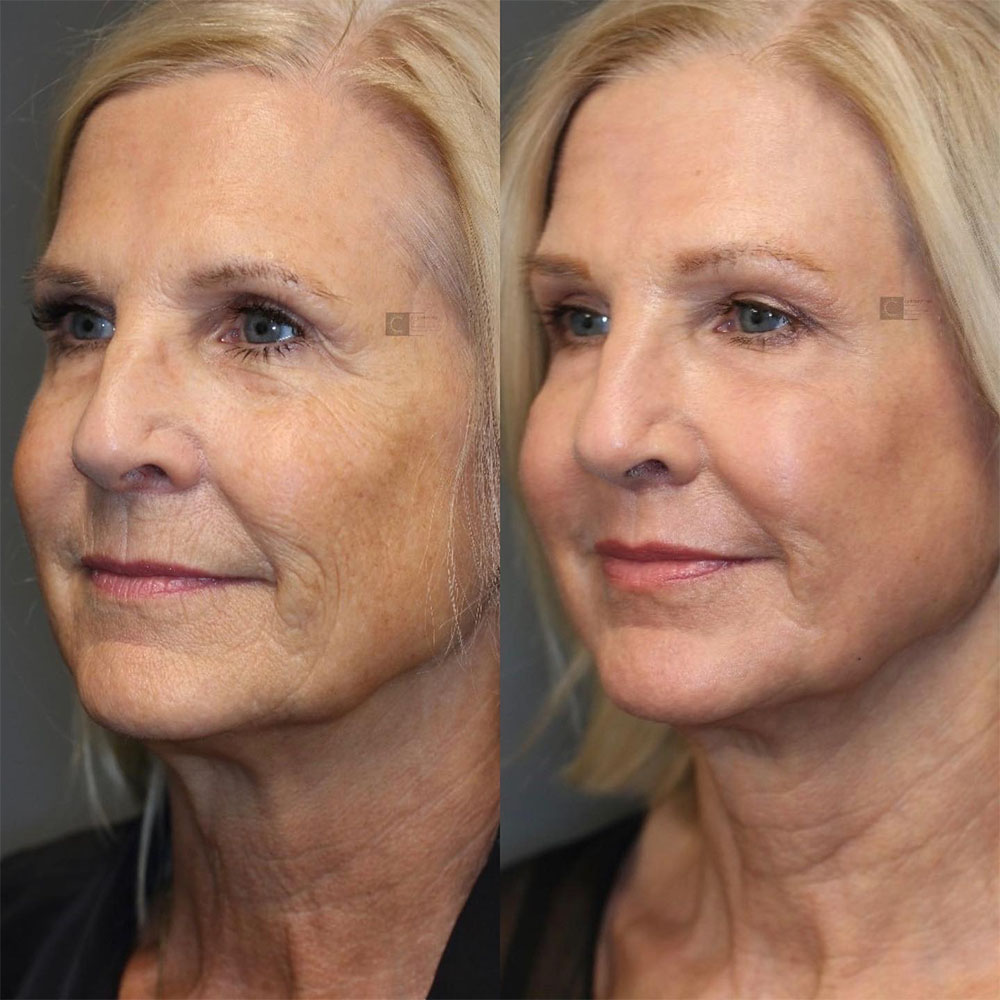
Who Is a Good Candidate for Vertical Lip Line Fillers?
Ideal candidates for vertical lip line fillers are typically individuals with noticeable static lines around the mouth that persist even when the lips are at rest. These patients are often concerned with the appearance of etched lines that affect their smile or cause lipstick to bleed into the skin. Most candidates are non-smokers or have quit smoking and are motivated by a desire for subtle improvement rather than dramatic change. They tend to have a relatively good skin structure and realistic expectations, understanding that while fillers can soften and smooth vertical lines, they may not eliminate them completely. Younger patients beginning to notice early signs of perioral aging may also benefit, using filler as a preventative measure to maintain smoothness and skin support.
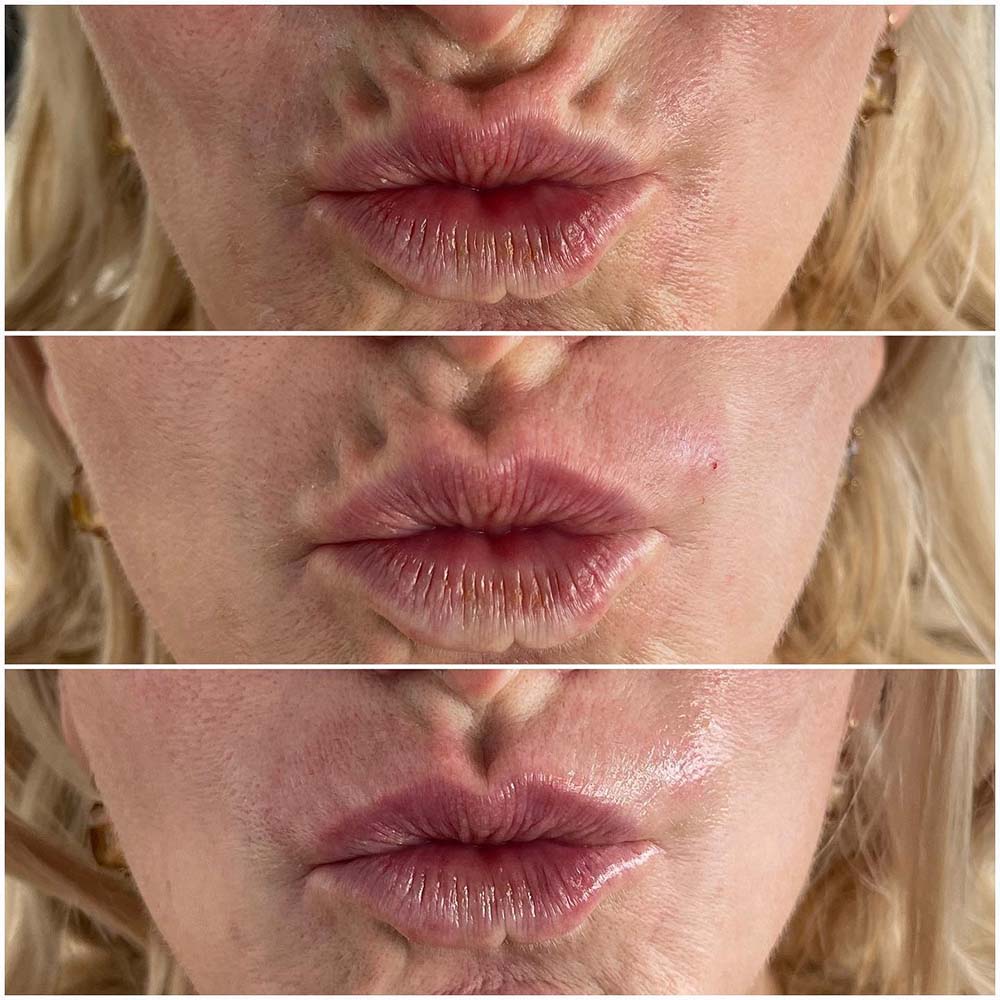
Who Should Avoid This Treatment?
Vertical lip line filler may not be appropriate for everyone. Patients with extremely thin, fragile skin around the mouth may be at higher risk for visible filler or lumpiness, especially when superficial placement is required. Those who have experienced repeated cold sores, active infections near the lips, or a known sensitivity to filler products may also need to delay or reconsider treatment. In some cases, individuals with very high expectations, especially those seeking a completely line-free result, may be better served with alternative treatments such as resurfacing or combination therapies. It’s also important to proceed with caution if the patient has a history of overfilling or filler-related complications.
Conclusion: What Is the Best Treatment for Vertical Lip Lines?
The best approach to vertical lip lines depends on individual anatomy, skin condition, and aesthetic goals. However, filler for vertical lip lines remains one of the most effective solutions for patients seeking smoother, rejuvenated lips with minimal downtime.
When used correctly, vertical lip line filler before and after results can deliver natural-looking improvements that maintain lip movement while restoring youthful texture.
For medical aestheticians, mastering these techniques requires not only product knowledge but also an understanding of lip biomechanics and aging patterns. HubMed Ed offers targeted aesthetic medicine courses and upcoming dermal filler training modules focused on lip line correction and perioral rejuvenation.
FAQ
Why do my lips have so many vertical lines?
Vertical lines often result from aging, sun damage, and repeated muscle movement. Genetics and lifestyle factors like smoking also play a role.
Do fillers work for vertical lip lines?
Yes. Hyaluronic acid fillers can soften etched lines and restore perioral smoothness, especially when applied with precise, superficial techniques.
What filler is best for vertical lip lines?
Soft, flexible fillers like Belotero Balance, Juvederm Volbella, or Restylane Kysse work best for treating vertical lip wrinkles without adding excess bulk.
Is Botox or filler better for vertical lip lines?
Botox may help reduce dynamic lines caused by movement, but fillers are more effective for static lines and skin texture. In some cases, combination therapy is ideal.
How much does it cost to fill vertical lip lines?
Costs vary by region, injector experience, and product used. On average, patients can expect to pay between $300 and $600 per session, with results lasting 6–12 months.
Sources
- Morera Serna E, Serna Benbassat M, Terré Falcón R, Murillo Martín J. Anatomy and Aging of the Perioral Region. Facial Plast Surg. 2021;37(2):176-193. doi:10.1055/s-0041-1725104 https://pubmed.ncbi.nlm.nih.gov/33845492/
- Soroush Y. Tips for the Perfect Lips. Plast Aesthet Nurs (Phila). 2024;44(2):130-132. doi:10.1097/PSN.0000000000000558 https://pubmed.ncbi.nlm.nih.gov/38639971/
- Pascali M, Quarato D, Carinci F. Filling Procedures for Lip and Perioral Rejuvenation: A Systematic Review. Rejuvenation Res. 2018;21(6):553-559. doi:10.1089/rej.2017.1941 https://pubmed.ncbi.nlm.nih.gov/29911505/
This article is intended for licensed medical professionals. All protocols, dosages, and treatment insights referenced herein are based on published literature. The content is not intended to encourage application, diagnosis, or self-treatment of unlicensed individuals, and should not be used as a substitute for the clinical judgment of a qualified healthcare provider.
Disclaimer:
This article is intended for licensed medical professionals. All protocols, dosages, and treatment insights referenced herein are based on published literature. The content is not intended to encourage application, diagnosis, or self-treatment of unlicensed individuals, and should not be used as a substitute for the clinical judgment of a qualified healthcare provider.

